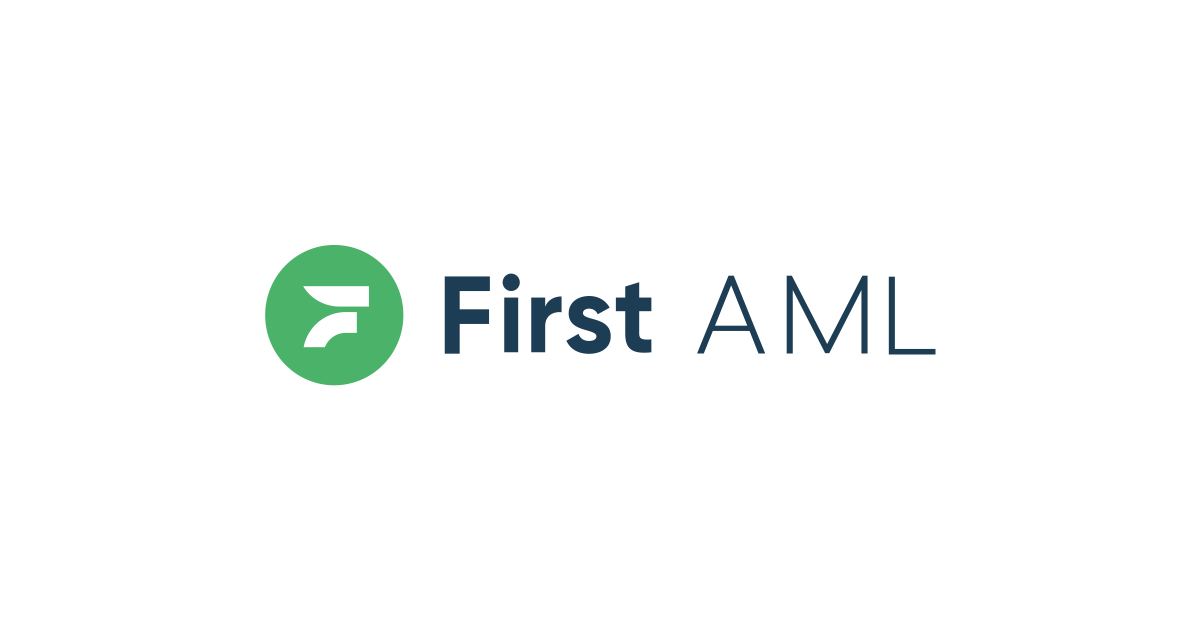In today’s competitive tech landscape, a compelling narrative is crucial for scaleups aiming to differentiate themselves, attract investment, and build strong relationships with partners and customers. A well-crafted company story or mission not only conveys the essence of your business but also aligns with the values and needs of your audience. Here’s how you can develop a powerful tech narrative that resonates across the board.
1. Understand your core message
Every great narrative starts with a clear and concise core message. For scaleups, this means distilling what makes your technology unique and why it matters. Start by asking:
- What problem does your technology solve?
- How does it improve the current state of the industry?
- What are the long-term benefits for your customers?
Your core message should be the foundation of your narrative, capturing the essence of your brand in a way that is both memorable and impactful.
2. Identify your target audience
A one-size-fits-all approach doesn’t work when crafting a narrative. Different stakeholders—investors, partners, customers—will have different priorities. For instance:
- Investors might be more interested in your growth potential, market opportunity, and scalability.
- Partners will want focused insights on how your technology complements or enhances their offerings.
- Customers are likely to care about usability, efficiency, and the direct impact on their business. And most importantly (or ideally), who else is using your products.
When you embark on a tech PR campaign, tailor your narrative to address the specific concerns and aspirations of each group while maintaining consistency in your overall brand message.
3. Showcase your vision
Scaleups are often defined by their vision for the future—a vision that goes beyond just products and services. Your narrative should articulate a bold and compelling vision that inspires your audience.
- Example: Look at how Stripe has positioned itself not just as a payment processing company, but as a key player in building the economic infrastructure for the internet. This vision has helped Stripe attract top-tier investors, strategic partners, and a loyal customer base.
4. Highlight your unique selling points (USPs)
Your narrative should clearly communicate what sets your scaleup apart from the competition. This could be:
- A first-of-its-kind technology (OpenAI and ChatGPT)
- A new business model (take Salesforce in the 90s)
- Exceptional customer service (our GigCX client Limitless would be a very good example of this)
5. Incorporate authenticity
In an era where trust is paramount, authenticity and transparency can make or break your narrative. Be open about your journey, including challenges and setbacks, and how you’ve overcome them. This humanises your brand and builds trust with your audience.
- Example: Slack’s narrative has been authentic from the start, openly sharing its evolution from a failed gaming company to a leading collaboration tool. This transparency has endeared Slack to its users and investors alike.
6. Use storytelling techniques
Storytelling is a powerful tool for making your narrative memorable. Use storytelling techniques to:
- Create advocates: Position your customers as central to your story, with your product as the solution to their challenges. Interview your customers, use their insights, struggles and soundbites.
- Build the why: Highlight the challenges your customers face without your solution. You might do this with a survey to find data to endorse the issues.
7. Reflect on and evolve your narrative over time
Technology changes fast and as your scaleup grows and the market evolves, so too should your narrative. Regularly revisit and refine your story to ensure it remains relevant and compelling.
- Example: Shopify started as an e-commerce platform for small businesses but has evolved its narrative to include enabling entrepreneurship on a global scale. This shift has broadened Shopify’s appeal and helped it capture a larger market share. There are many examples out there of companies who have adapted as the market has changed.
Takeaways for telling your story
Crafting a compelling B2B tech narrative is an ongoing process that requires a thorough understanding of your brand, audience, and market. By developing a core message, tailoring your story to different stakeholders and using storytelling techniques, your scaleup can create a narrative that not only resonates but also drives growth. The most powerful narratives are those that are authentic, visionary, and adaptable to change.
Related Articles

First AML partners with CommsCo PR to launch Anti-Money Laundering campaign and help business keep compliant against the Russian threat
Article by:Ilona Hitel


